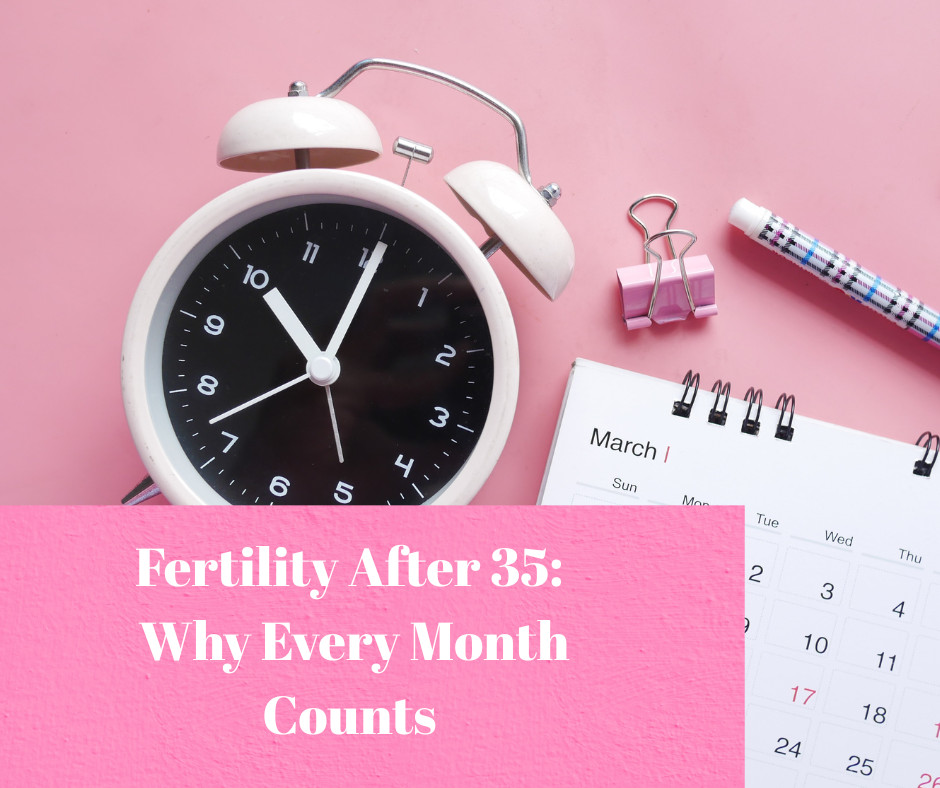
The Fertility Clock Isn’t Just About Age
The moment a woman turns 35, the fertility conversation changes. Doctors, charts, and even Google all start emphasizing the so-called fertility cliff. But the truth is more nuanced.
Fertility doesn’t shut off at 35—but it does become more time-sensitive. That’s because every month matters more when:
- Egg quality is shifting
- Hormonal balance is more vulnerable to stress and inflammation
- Root causes like thyroid dysfunction or clotting can have bigger impacts
This isn’t meant to scare you—it’s meant to empower you. Because when you understand how precious time is, you stop waiting and start acting.
Why Time Slips Away Faster Than You Realize
When I work with women facing infertility over 35, one theme shows up again and again: they’ve lost months—or even years—in the system before real action is taken. The doctor appointment that they have hesitated to make now is scheduled for six months in the future, the money they save for a specialist ends up being needed for emergency expenses...
Here are the most common ways time gets wasted:
- The “Wait and See” Approach
Doctors often recommend waiting six months to a year before further testing. But after 35, those months can make a huge difference in egg health and success rates. - Superficial Lab Work
Basic fertility bloodwork doesn’t always uncover hidden issues like clotting factors, autoimmune antibodies, or suboptimal thyroid function. These delays mean the real reasons behind infertility remain unexplored. Don't wait to have a hormone panel done only to find out that you could have been regulating your hormones during that six months. - One-Dimensional Solutions
Being told (or thinking IVF is your plan B) to “just try IVF ” skips over root causes. If underlying thyroid, inflammation, or clotting issues aren’t addressed, IVF success rates can still suffer—wasting both time and money.
The Unseen Risks of Delaying Root Cause Action
Every month matters—but not just because of age. Delaying action also means:
- Hormonal imbalances deepen. Progesterone insufficiency or thyroid issues left untreated don’t just resolve on their own.
- Inflammation builds. Poor gut health, autoimmune triggers, and stress continue to work against your fertility silently.
- Emotional wear-and-tear increases. Six or twelve months of “just try again” erodes hope and creates stress, which can further impact fertility.
This is why I call it the fertility time trap. The system often unintentionally tells women to wait—while root causes continue to undermine their chances.
What You Can Do Right Now (Instead of Waiting)
Here’s the empowering truth: even if you’ve been told to “just give it more time,” you can take action today.
1. Ask for Advanced Testing(but make sure the basics are covered first)
Go beyond the basics:
- Full thyroid panel with antibodies
- Luteal phase progesterone testing
- Clotting panels (Factor V Leiden, antiphospholipid antibodies, MTHFR)
- Vitamin and nutrient status (Vitamin D, B12, ferritin, folate, homocysteine)
2. Reduce Hidden Inflammation
Simple changes in diet, toxins, and stress management can reduce inflammation, which supports egg quality and hormone balance.
3. Create a Root Cause Strategy
Instead of treating symptoms in isolation, look at the whole picture—thyroid, gut health, toxins, clotting, and emotional well-being. This is what turns “unexplained infertility” into something you can actually work with.
4. Work With a Fertility Coach
This is where I step in. As a fertility coach for women over 35, I help you stop wasting time, identify the right tests, and create a plan that optimizes your chances—whether you want to conceive naturally or improve IVF outcomes. This is a plan that helps you close the gap between success and failure.
Real Talk: Hope Isn’t Gone After 35
I’ve been where you are. I was told—multiple times—that my body was “too old” and that donor eggs were my only option. I refused to believe that. By uncovering my root causes, I went on to have four children—my last at 43.
Your story doesn’t have to end with a doctor’s deadline. But the earlier you take action, the more options you give yourself.
The Bottom Line
Time matters after 35—but not in the way most people think. It’s not just about declining egg count. It’s about how months and years get wasted when women are told to wait, repeat the same tests, or jump straight into interventions without addressing root causes.
You deserve better. You deserve answers, action, and hope right now—not six months or a year from now.
If you’re ready to take control of your timeline, let’s work together to uncover your root causes and give you the best chance at the family you’ve been dreaming of.

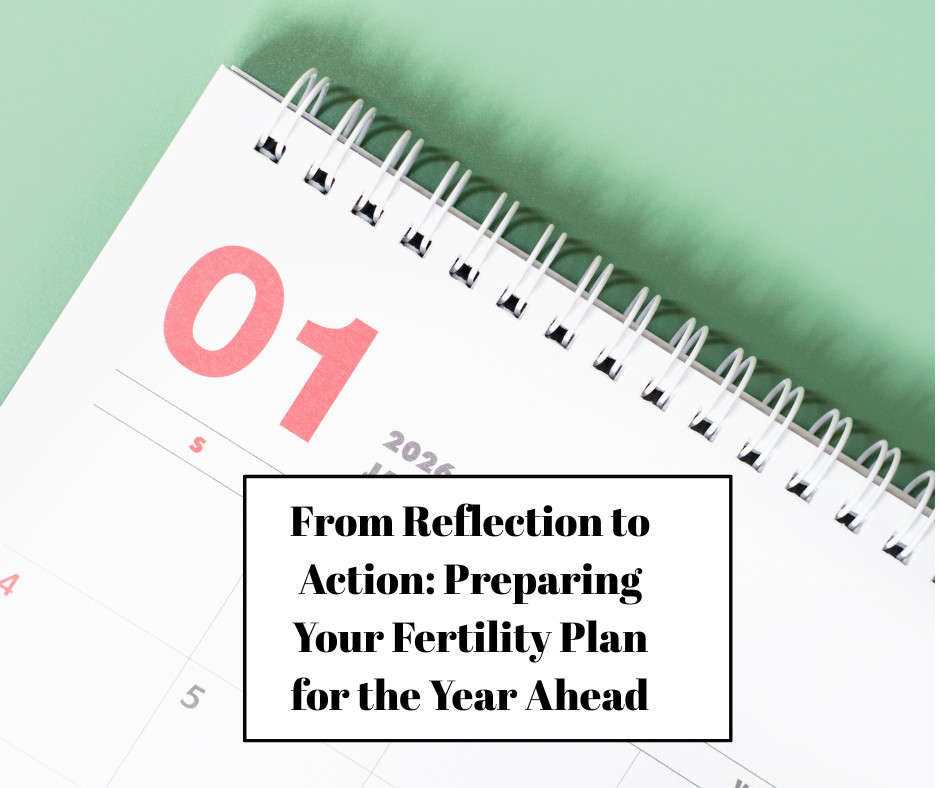




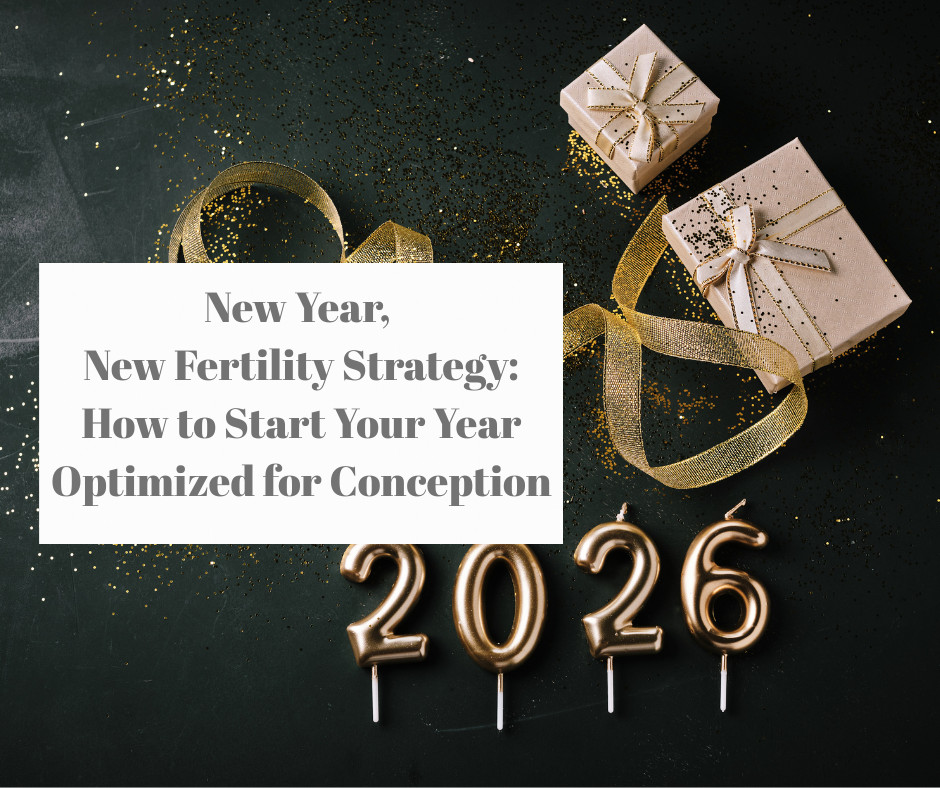
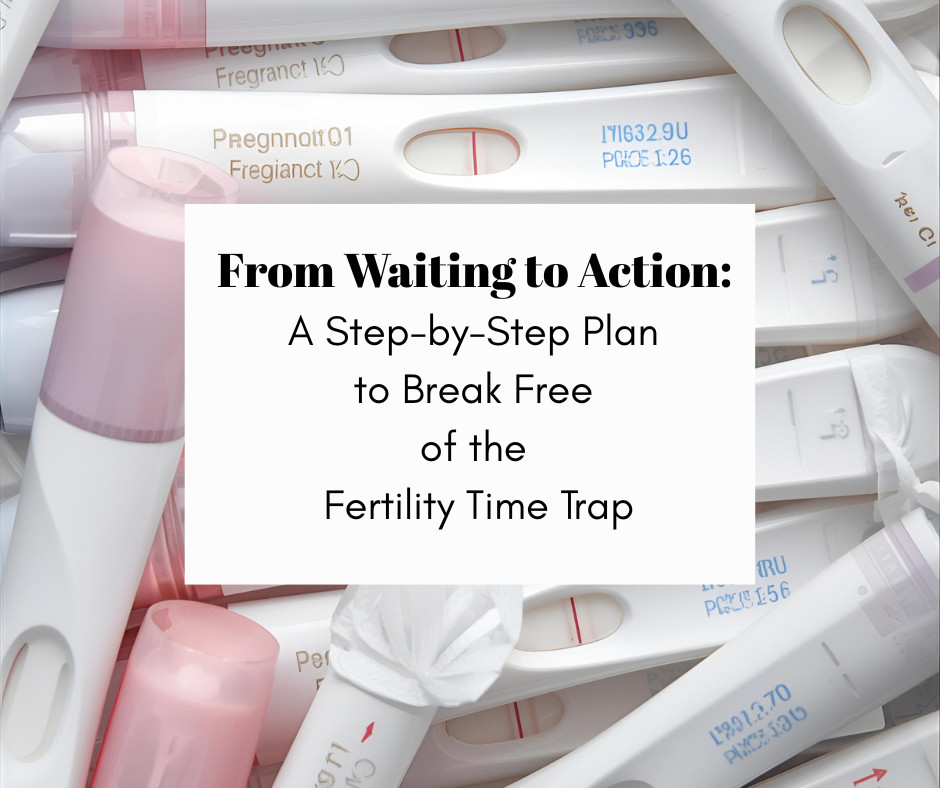
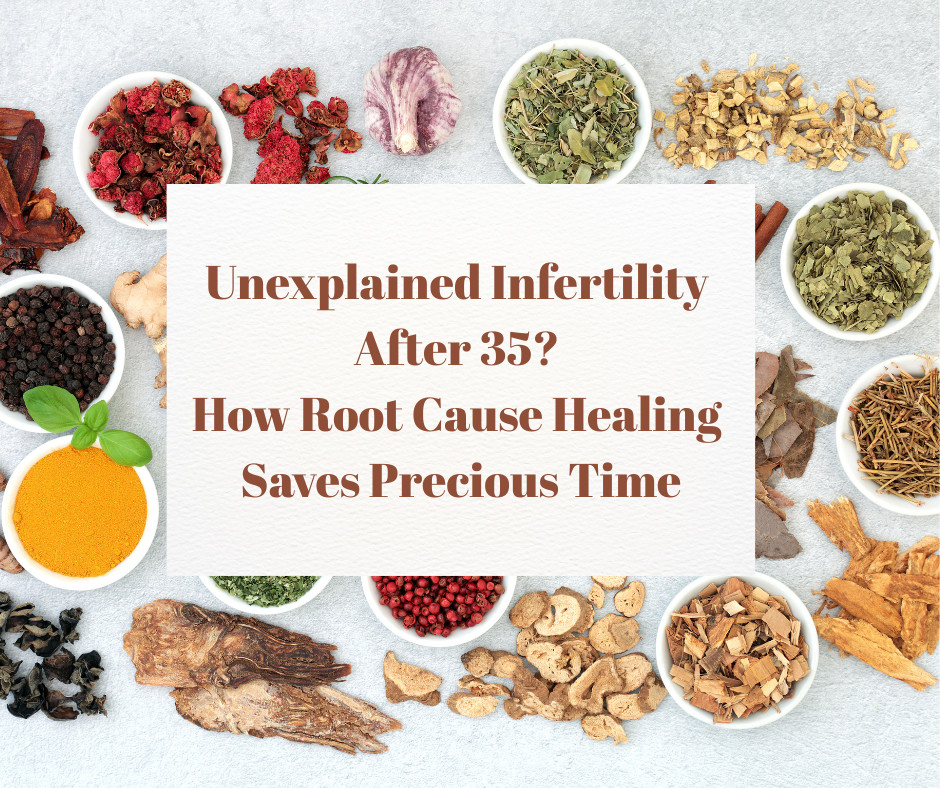
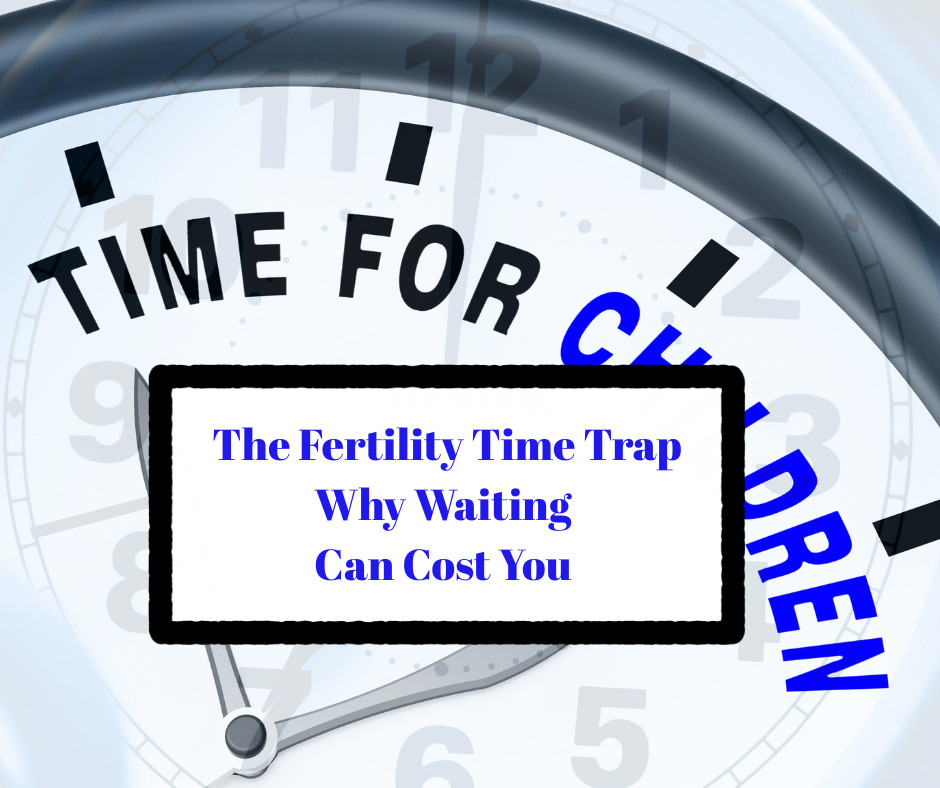

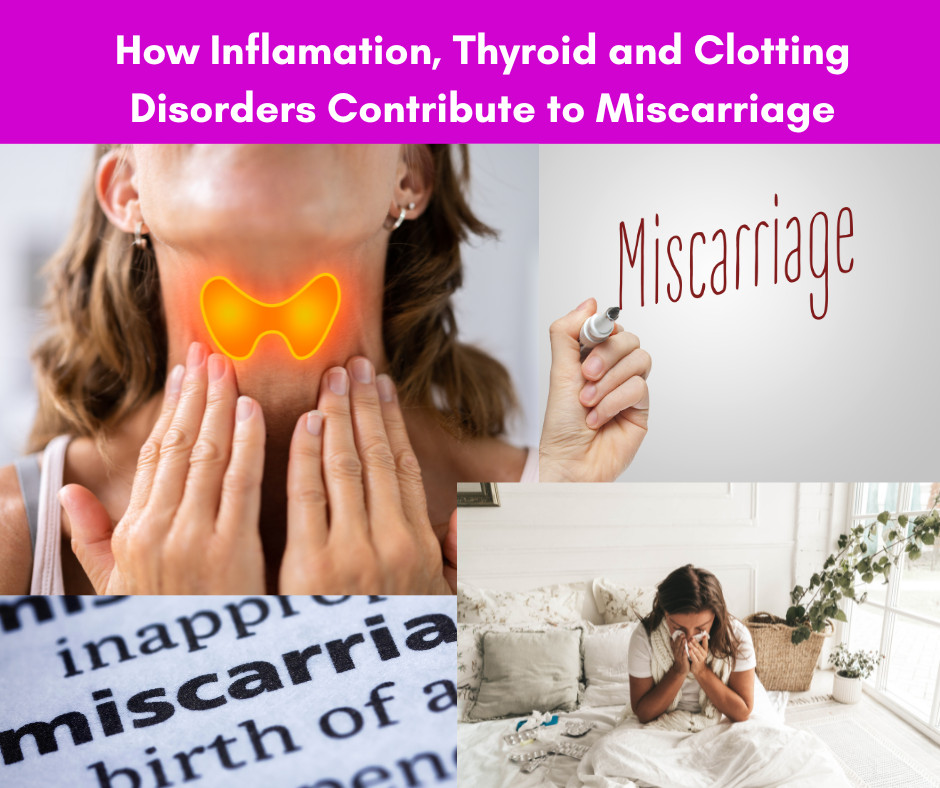
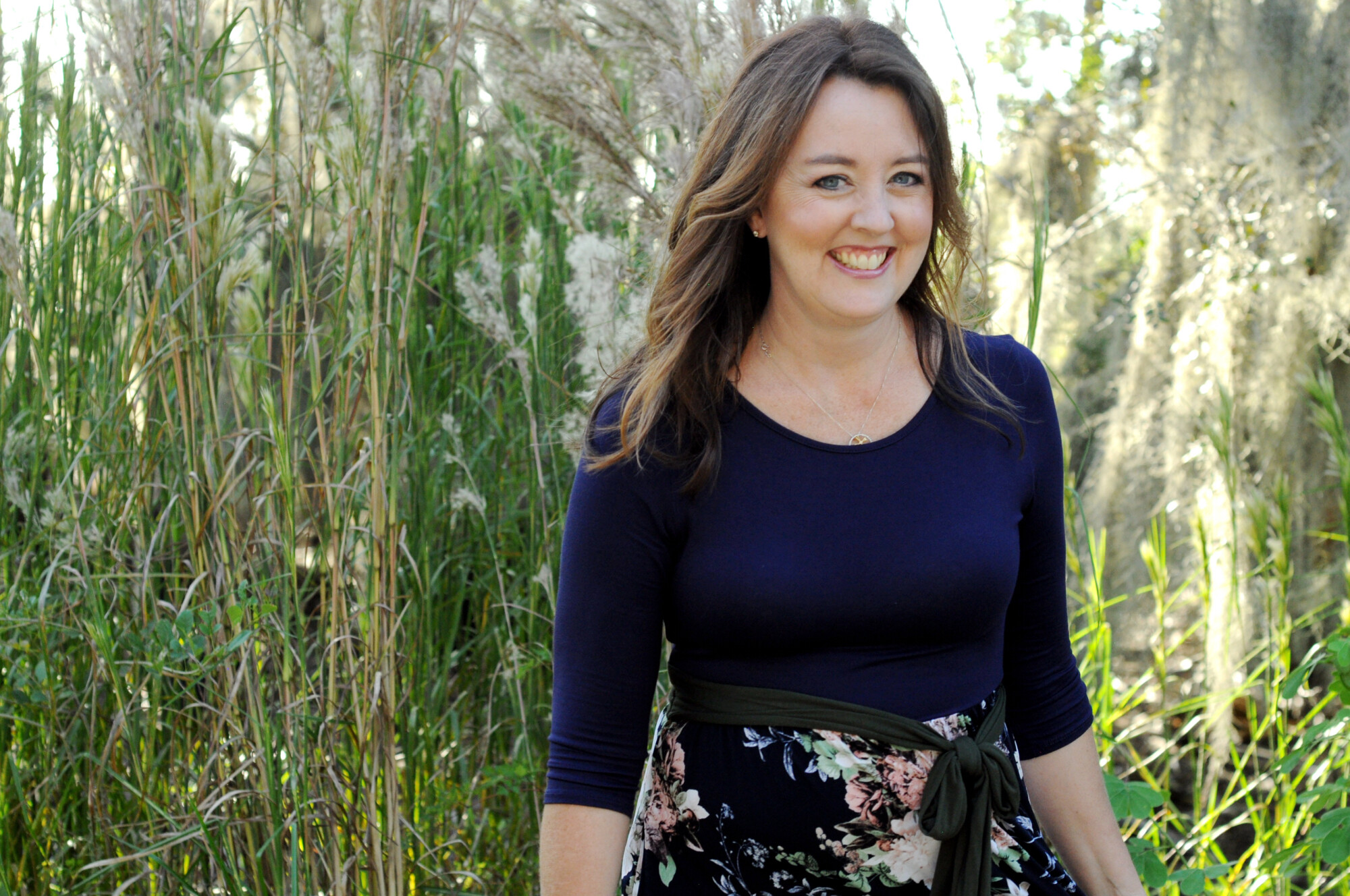
0 Comments